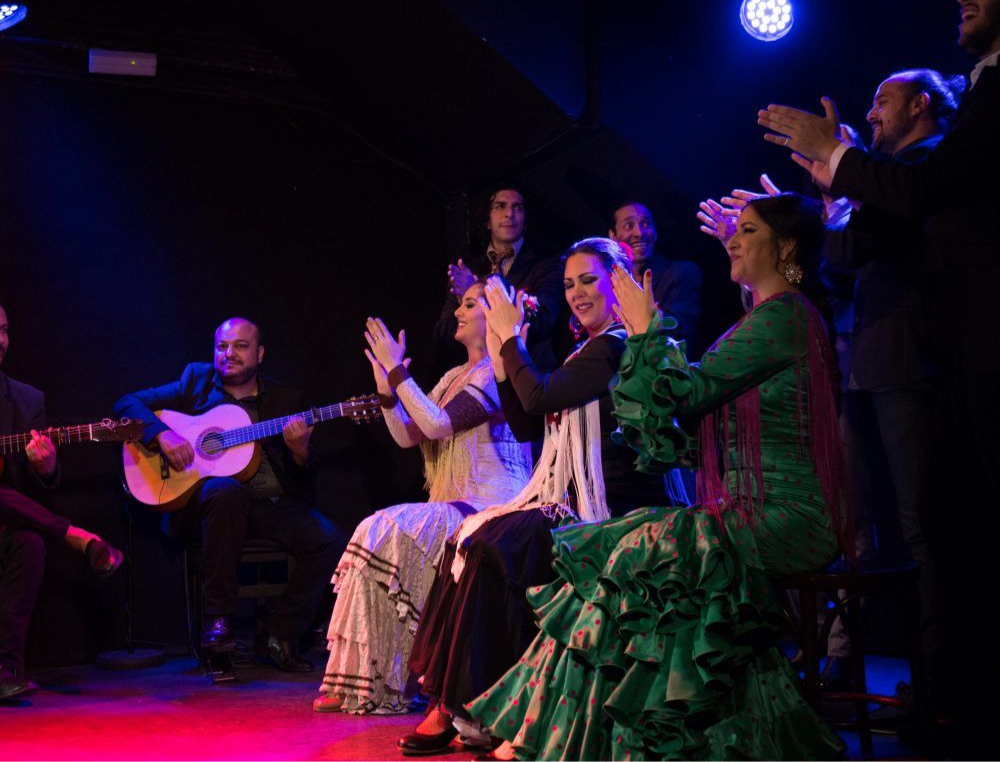
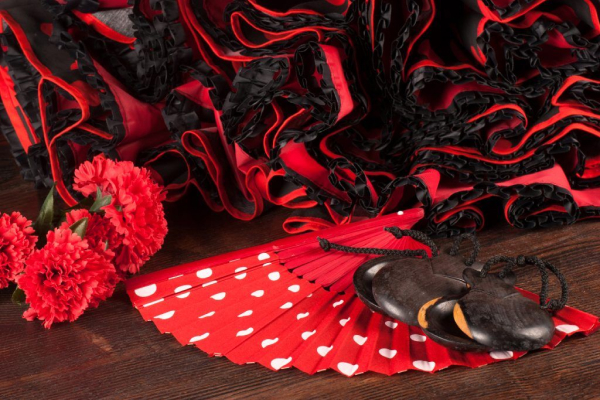
Vestuario flamenco
There is no typical dress better known or appreciated than the flamenco dress
The Flamenco dress has become a symbol for culture and fashion. The whole world Associates it with Andalusia and has its explanation
Flamenco Dress
A very interesting origin
To find the origin of flamenco costumes we must go back to the peasants and gypsies who hundreds of years ago worked the land in Andalusia.
These women wore very singular clothes. Mainly colorful gowns with flounces and embroideries. They made their own dresses in order to wear something comfortable and cheerful to face the daily task.
The Andalusian women of the time stood out. In spite of all the difficulties they faced for belonging to a racial and gender minority, they maintained the oriental charm and their own elegance.
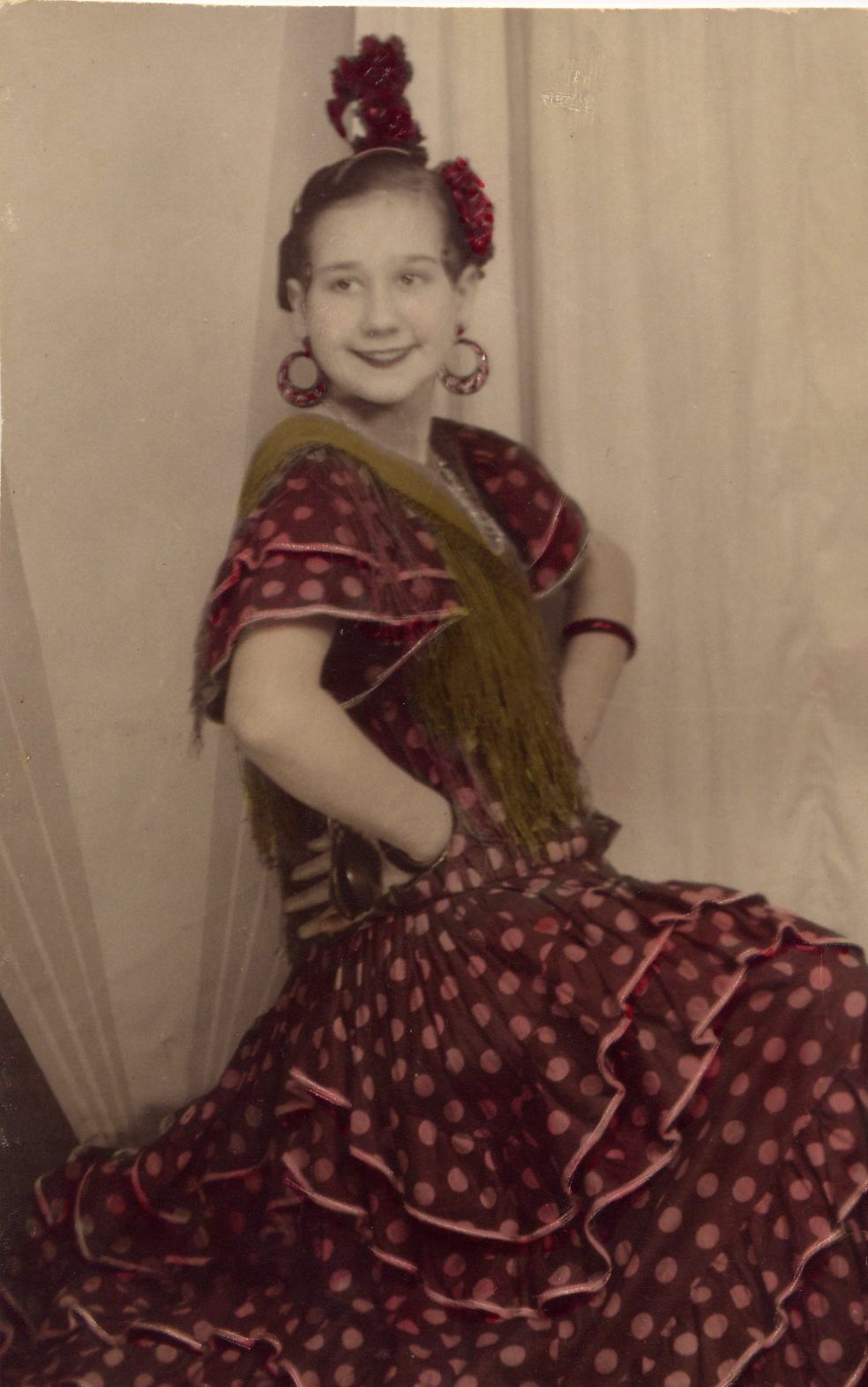
Their dresses were humble with small details, and especially striking.
This caused the wealthiest women of the time to look at their robes and begin to copy their designs. Replacing the original fabrics such as percale with more expensive ones such as blond lace (similiar to lace) or poplins, and modifying shape and cut.
The women of lineage, conceived the flamenco costume as clothing for parties and other remarkable events, instead of the original for all of these pioneering gypsies.
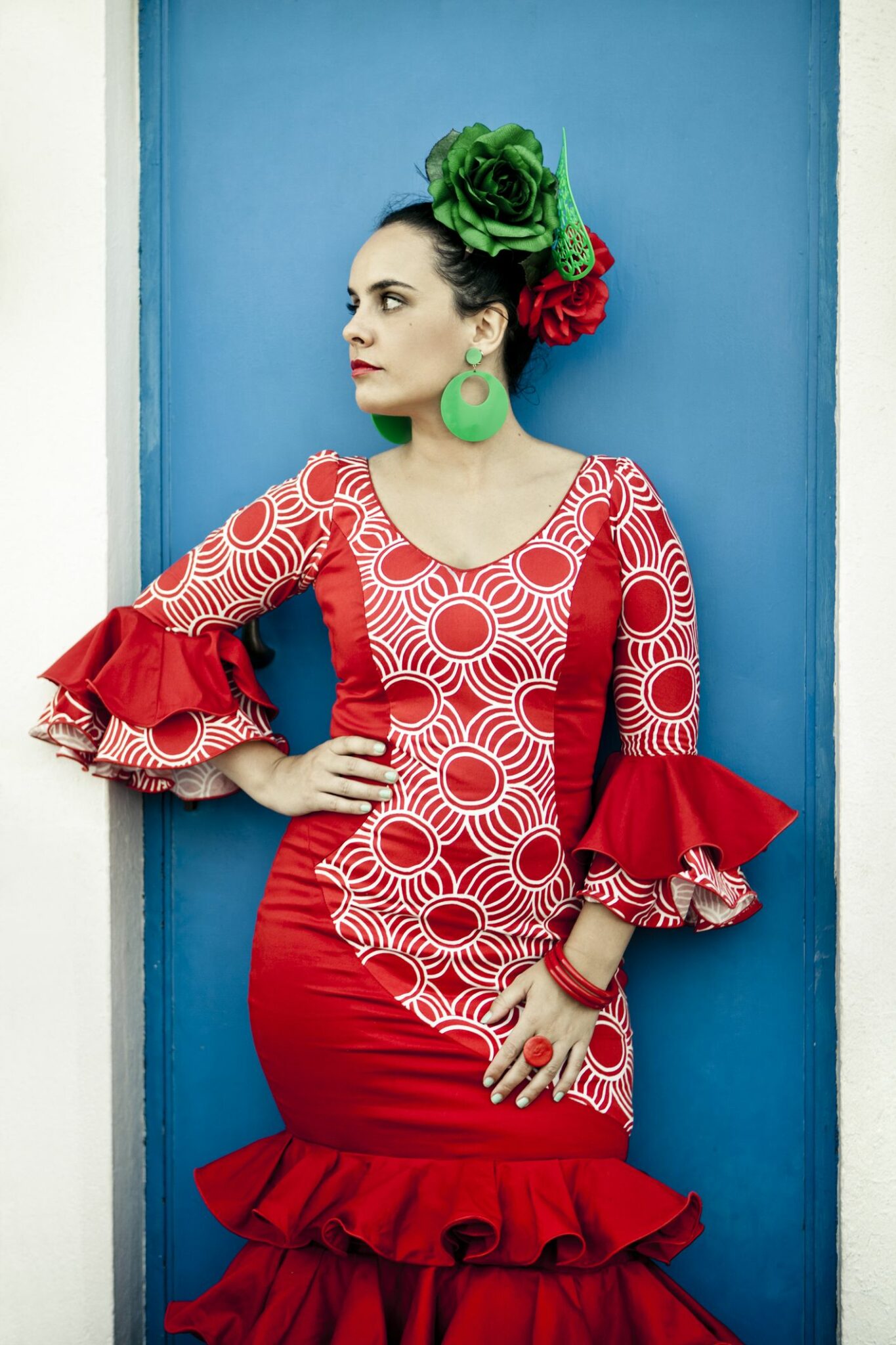
The Flamenca costume: It starts at the fair and reaches everywhere.
It was in 1929 when the flamenco costume was established as the official dress for the April fair in Seville.
At the same time, it acquires an enormous importance that is reflected all over the world and makes it a symbol of Spanish culture.
From this point on, the evolution of the flamenco costume begins, an evolution that has not stopped yet.
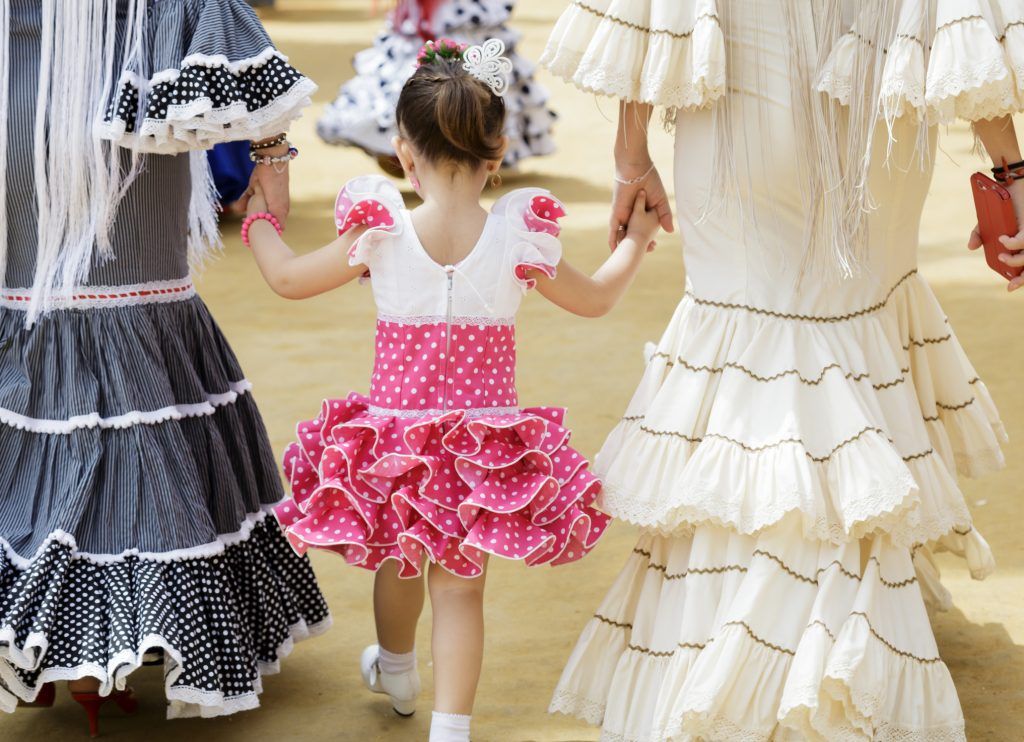
Flamenca’s costume is alive. In fact, it is the only regional costume that is reinvented every year, and that is shown on the catwalks and other large spaces dedicated to fashion.
It is a design that is constantly renewed. Any attire is well received by the flamenco costume at a specific moment in history: fringes, lace, tassels…
Some of these details go through flamenco fashion in an ephemeral way, and others come to stay. But there are always elements in the dress that are rescued from the oldest tendencies, from the gypsy and camperos origins, already familiar to us. A clear example: ruffles and polka dots.
When did the men start wearing flamenco?
The gypsies, especially the bailaores (flamenco dancers) and cantaores (flamenco singers), have always been known for having a unique and elegant taste for dressing.
With a strong personality, they have been improvising their costumes. Mixing the classic of a perfectly ironed white shirt with printed scarves, hats, jackets and sashes.
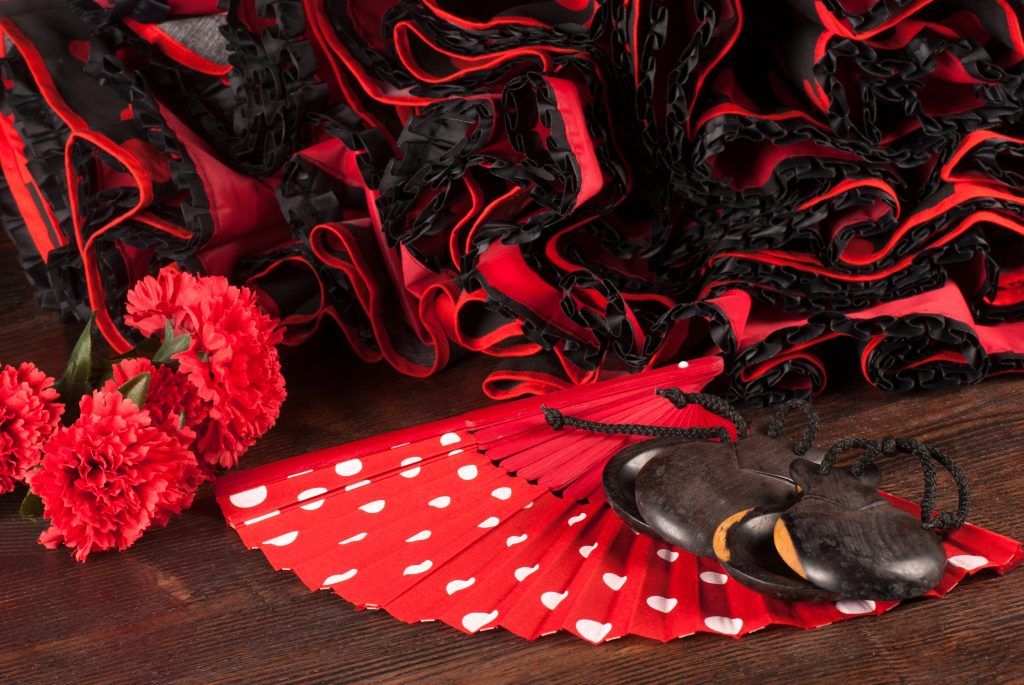
The flamenco dress for men is officially established once it is usual to see the woman dress at the fair. It could be said that it is made official as a companion.
It could be said that the men began to dress officially as flamencos by inertia.
It doesn’t mean that it hasn’t evolved, but if we compare it with the flamenca costume, there aren’t too many similarities in the histories of these two costumes. Without a doubt, the woman’s costume wins the race.

The best 6 Flamenco shows in Madrid
Meet with the majesty of flamenco and its contention in the tablaos of the capital of Spain.
See shows in Madrid